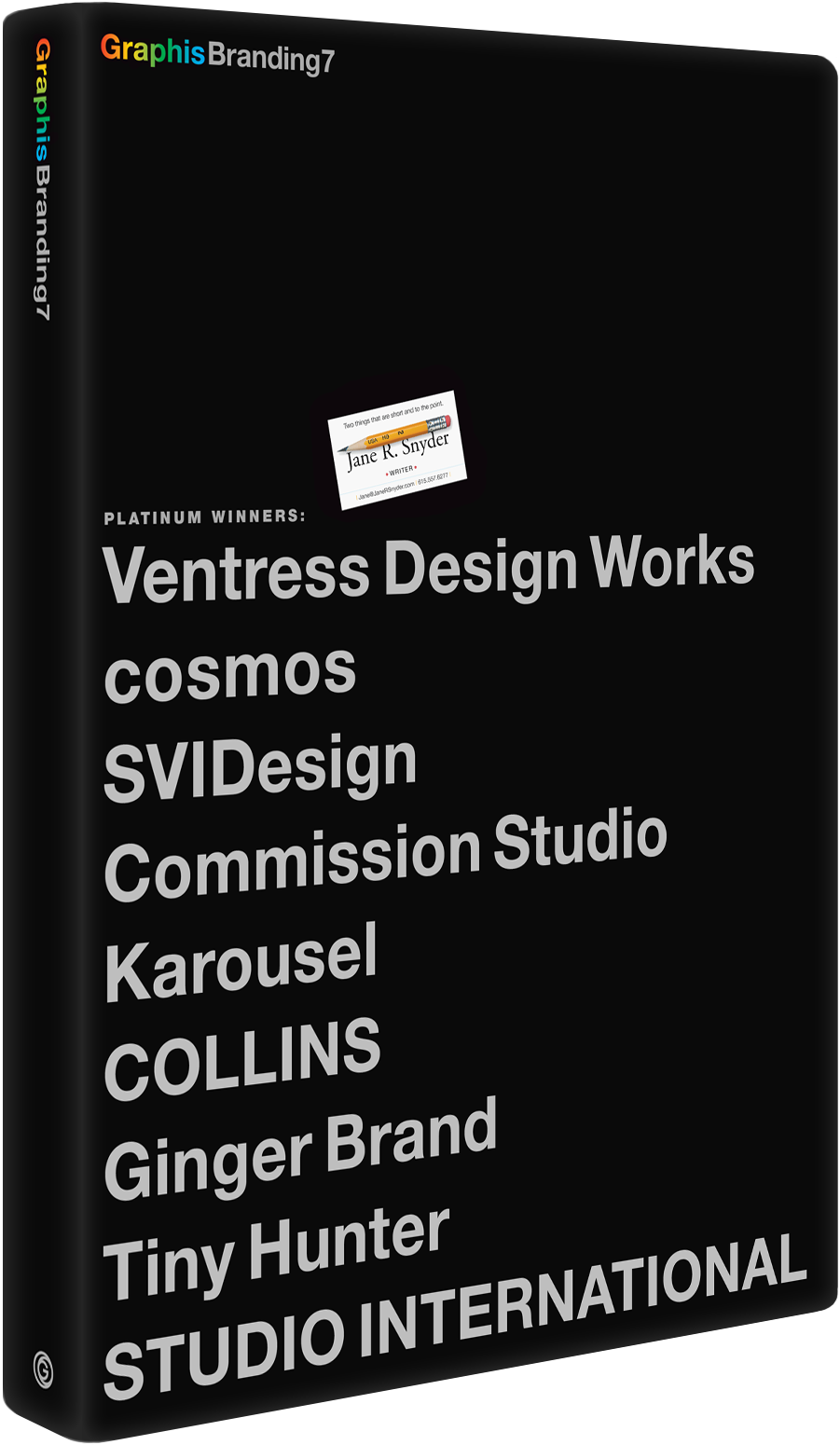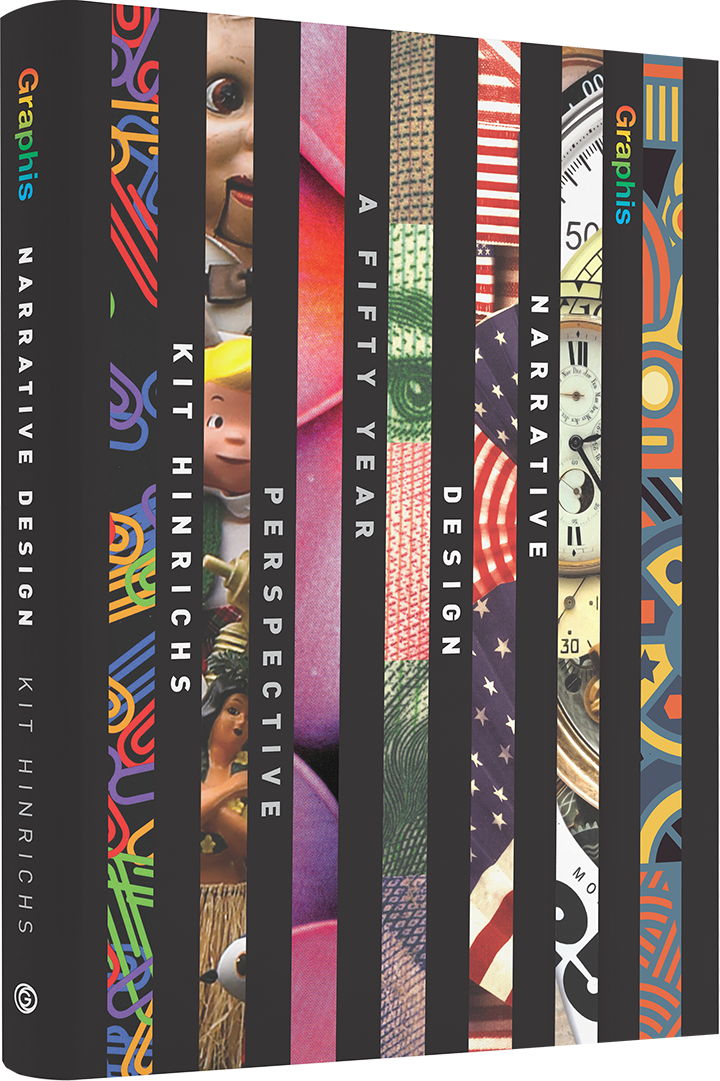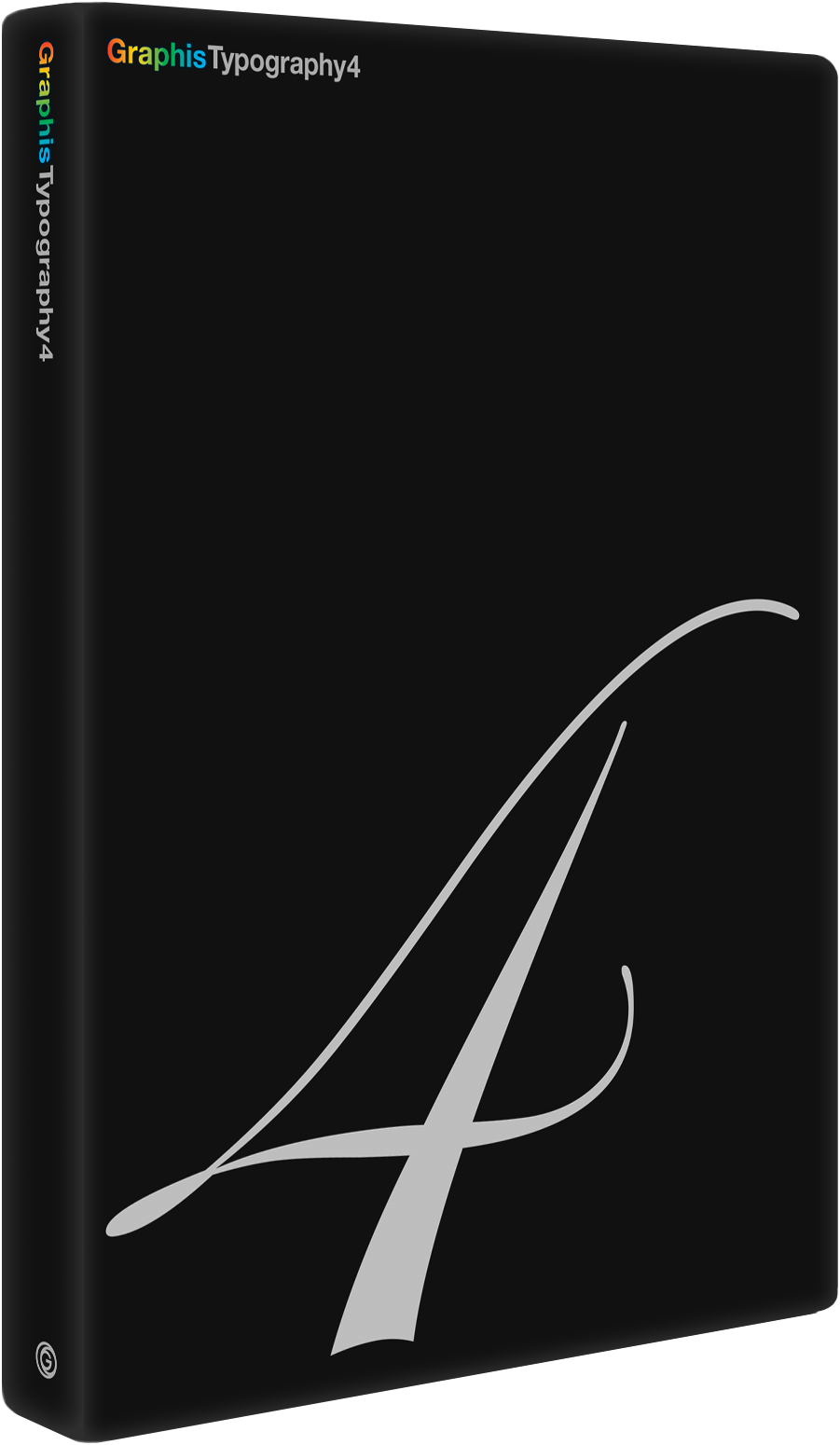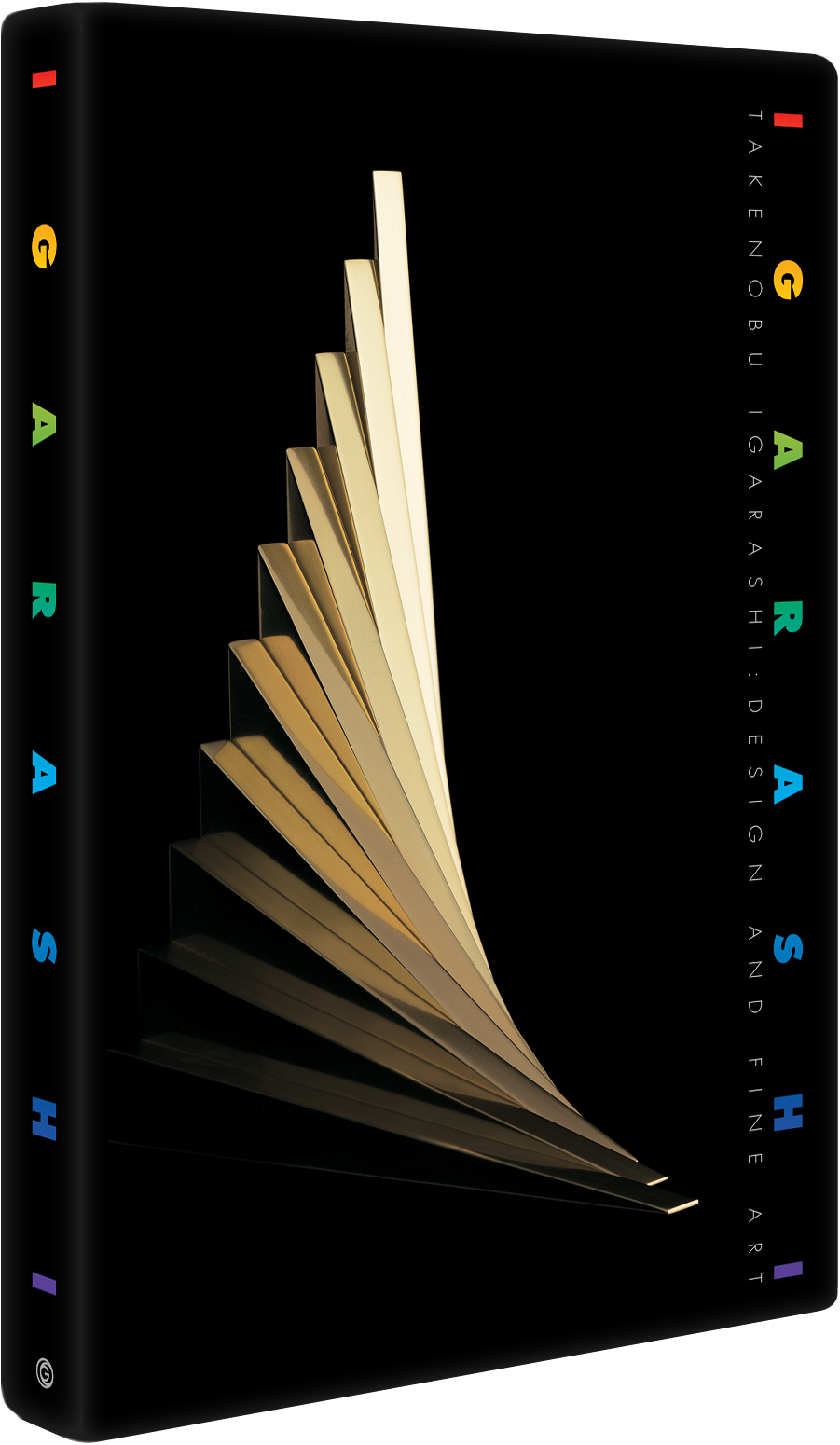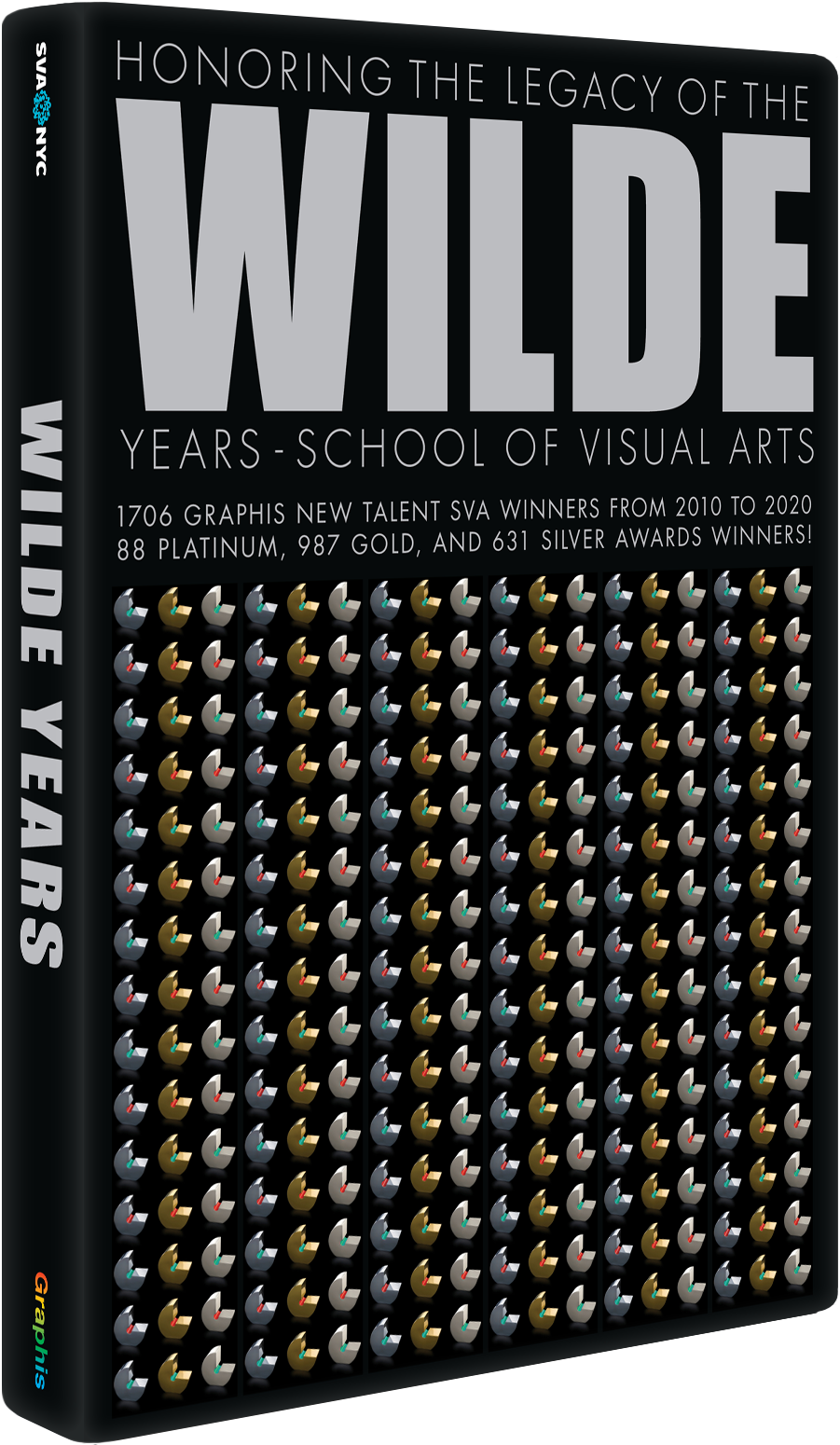K-Design
Competition:New Talent Awards 2023
Award:Gold
Design Firm:ArtCenter College of Design
Categories:Books, Design
ProfessorSamantha Fleming
SchoolArtCenter College of Design
StudentChristine Bobae Lee
TypefaceFavorit by Dinamo
PrinterNonstop Printing, Inc.
LocationLos Angeles, CA
Linkchristinebobae.com/K-Design
Image SourceVarious Sources (Credits Listed in Book)
Department ChairSean Adams
DepartmentGraduate Graphic Design
ClassGraduate Thesis
Country:United States







